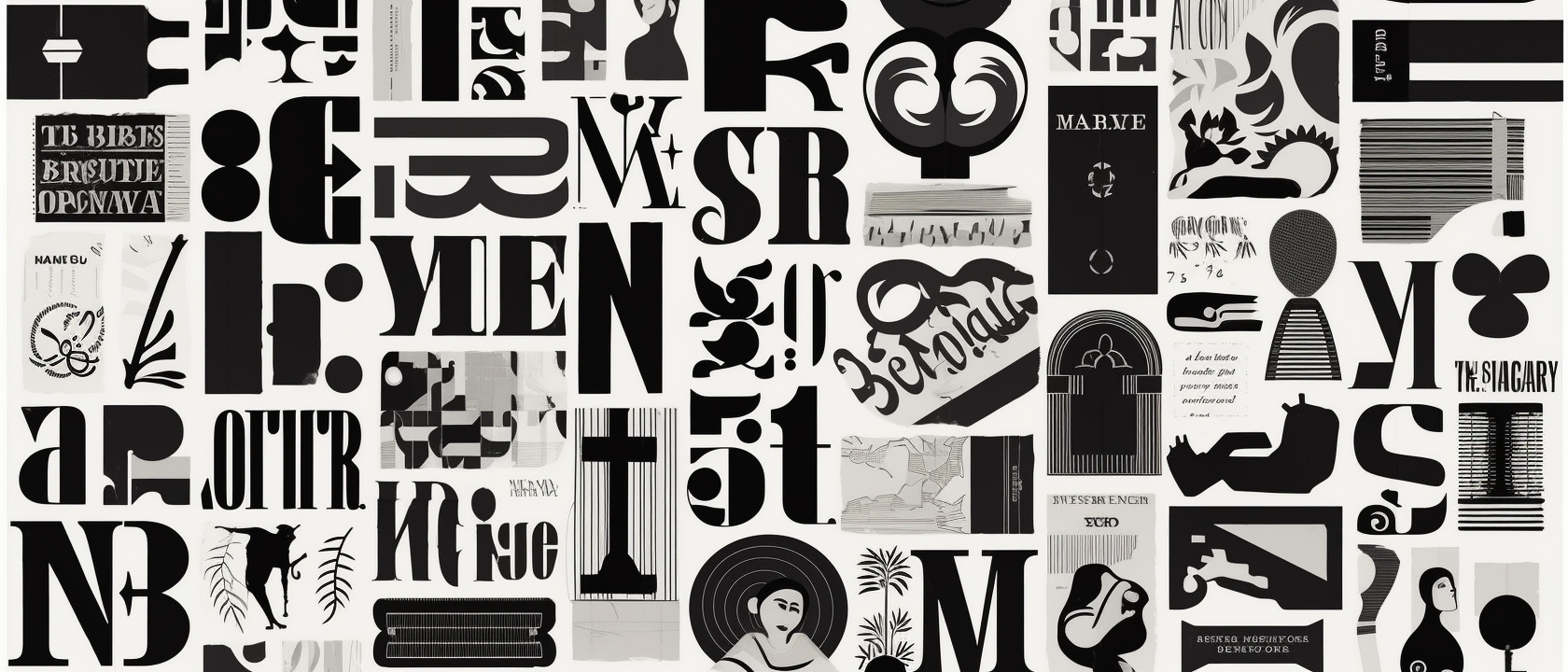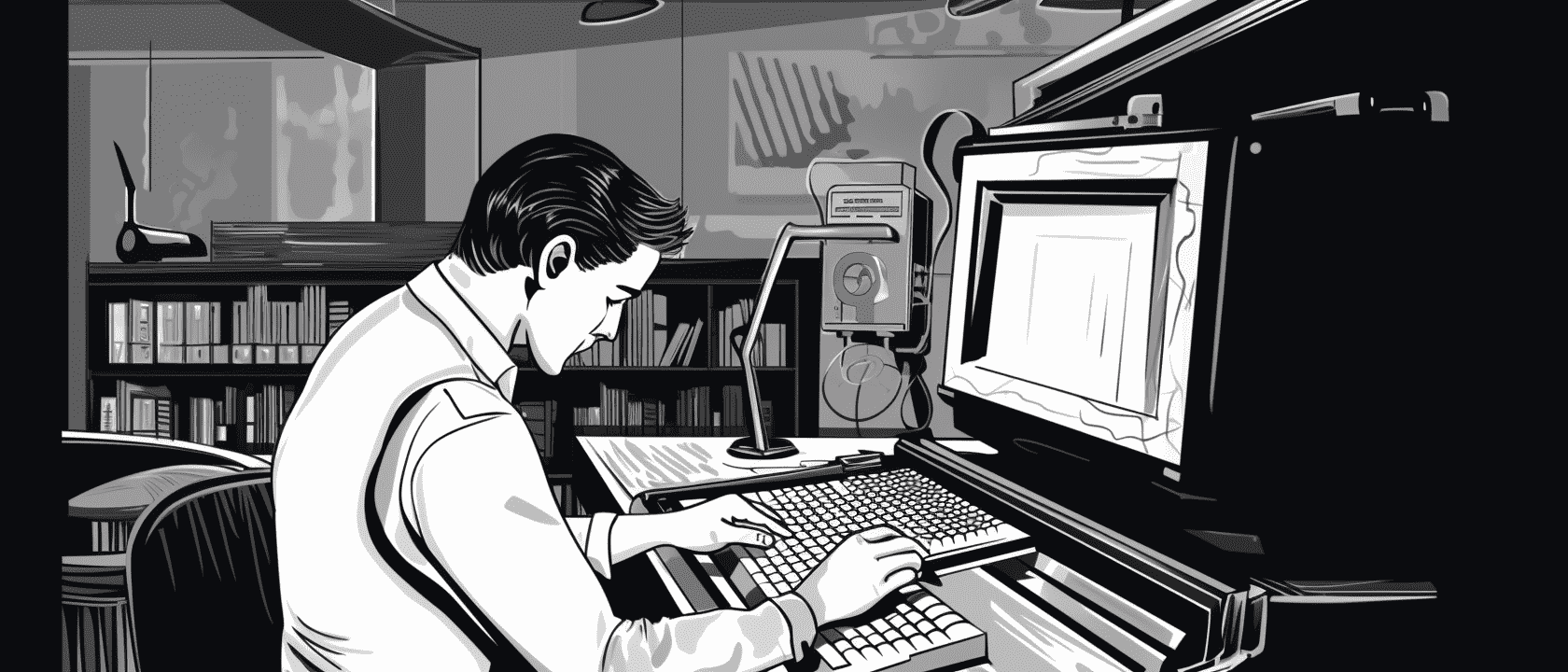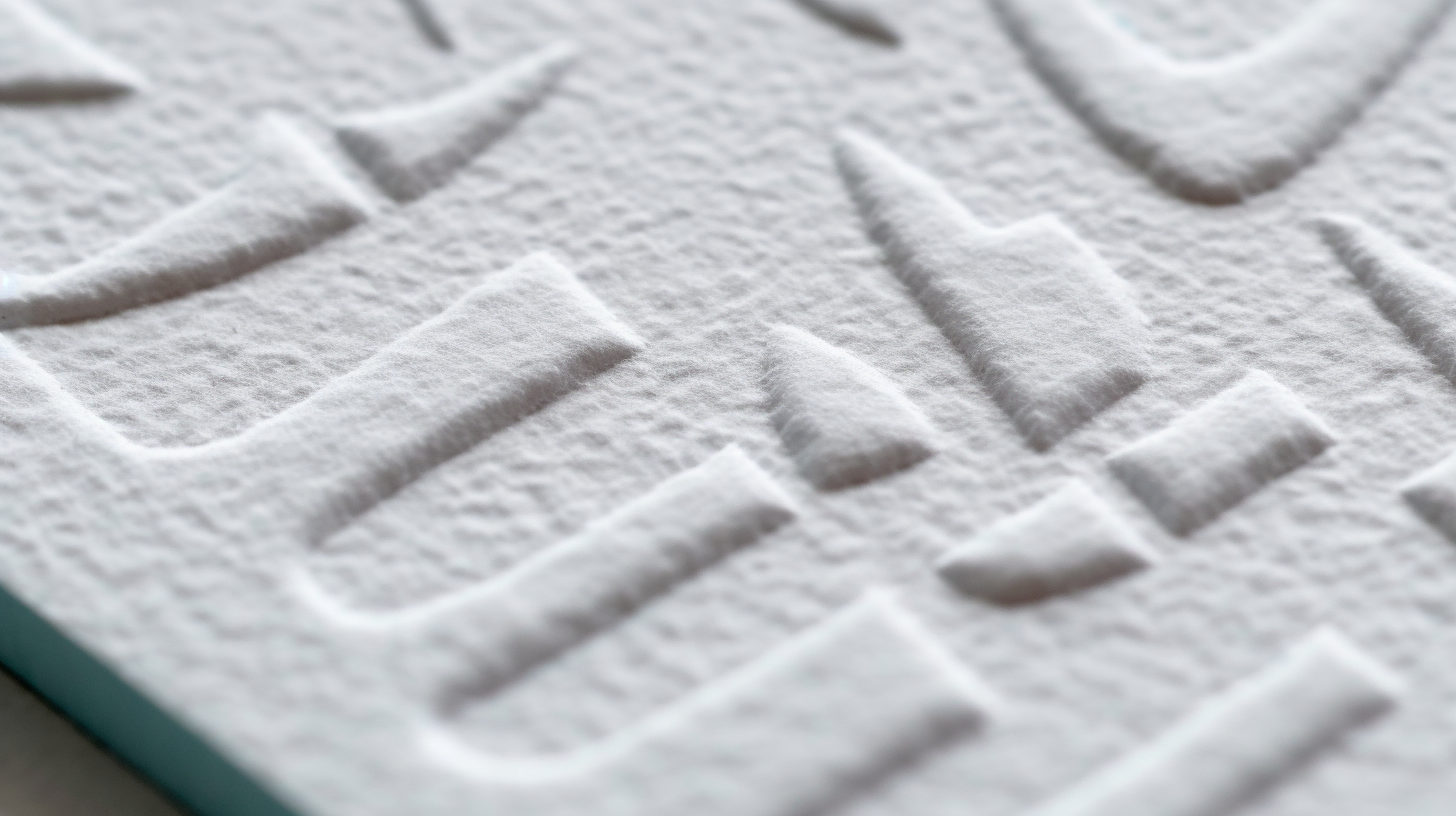Unlocking the Secrets of Typography: Insights from "The Elements of Typographic Style"

Table of Contents
Typography is an art that goes beyond simply choosing a font for your text. It's about creating a harmonious layout that communicates effectively and looks aesthetically pleasing.
One of the seminal works on this subject is "The Elements of Typographic Style" by Robert Bringhurst.
This book delves deep into the intricacies of typography, offering valuable insights that can transform any print material. Let's explore the key takeaways from this book and see how they can be applied to various print materials.
1. Respect and Understand the Content
Takeaway: The typeface and layout should be in harmony with the content. It's essential to understand the message before deciding on the typography.
Application: Whether you're designing a business card or a poster, the content is king. For instance, a business card for a lawyer might benefit from a more traditional, serif font, while a graphic designer's card might lean towards something modern and minimalist.

2. Choose Typefaces with Appropriate Historical and Cultural Context
Takeaway: Every typeface has a history and carries cultural connotations. It's crucial to be aware of these when making a selection.
Application: If you're designing a product label for an artisanal, handcrafted product, a typeface with a historical touch, like Garamond or Baskerville, might be apt. On the other hand, a tech event flyer might benefit from a clean, geometric typeface like Futura or Helvetica.
3. Prioritize Readability
Takeaway: The primary purpose of text is to be read. No matter how artistic your layout is, if it compromises readability, it's not serving its purpose.
Application: This is especially crucial for materials like product labels and stickers, where information needs to be clear and legible. Ensure there's enough contrast between the text and background and that the font size is appropriate.
4. Maintain a Harmonious Scale and Rhythm
Takeaway: Just like in music, typography needs rhythm. The spacing between letters, words, and lines should create a harmonious flow.
Application: In posters and flyers, where there's a hierarchy of information, maintaining a rhythm ensures that the viewer is guided naturally from the headline to the main content and then to the details.
5. Be Mindful of Proportions
Takeaway: The proportions between the type size, line spacing, and column width are crucial for aesthetic appeal and readability.
Application: On business cards, where space is limited, it's essential to strike a balance between font size and spacing to ensure all information fits without feeling cramped.
6. Embrace White Space
Takeaway: White space, or negative space, isn't just empty space. It's a powerful design element that can bring focus and clarity.
Application: For product labels and stickers, white space can emphasize the product name or main selling point. In posters, it can be used to highlight the main message or image.
7. Consistency is Key
Takeaway: Consistency in typography creates a sense of reliability and professionalism.
Application: If you're designing a series of flyers or posters for an event, maintaining consistent typography ensures brand recognition and imparts a professional image.
8. Details Matter
Takeaway: The choice of ligatures, the treatment of quotation marks, and the use of dashes and hyphens can make a significant difference in the overall look and feel.
Application: In all print materials, paying attention to these small details can elevate the design. For instance, using the right dash (en dash vs. em dash) in a product label can make the text look more polished.
Conclusion
"The Elements of Typographic Style" is more than just a guide to choosing fonts. It's a deep dive into the philosophy and art of typography.
By applying Bringhurst's insights, designers can elevate their print materials from ordinary to extraordinary, ensuring that they not only look good but also communicate effectively.
Whether you're a seasoned designer or someone just starting out, this book offers timeless wisdom that can transform your work.


